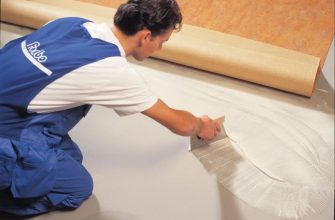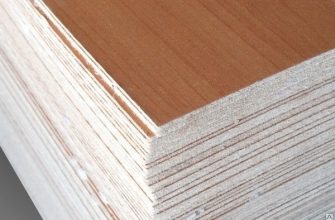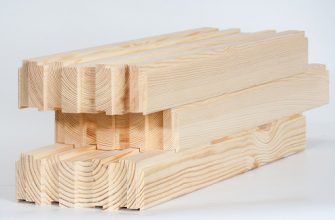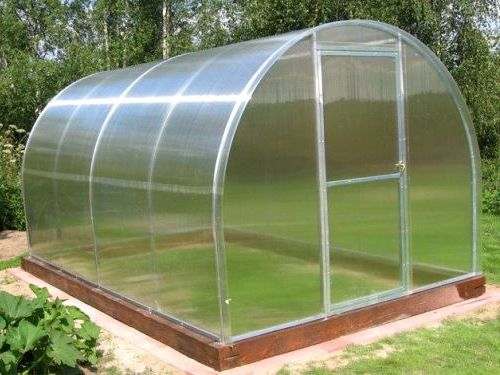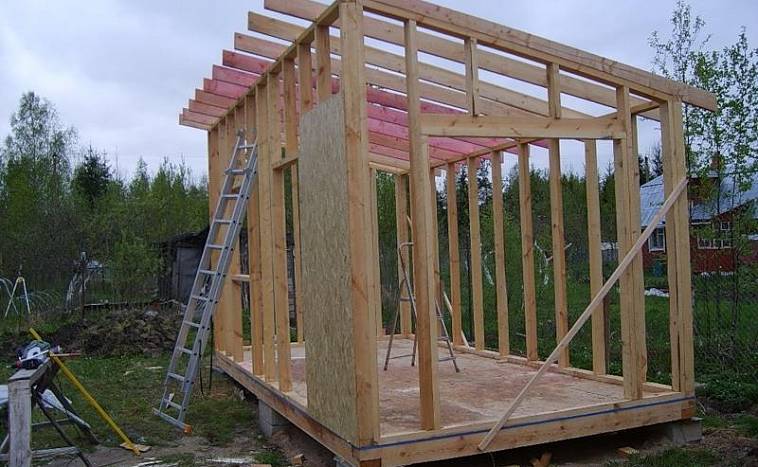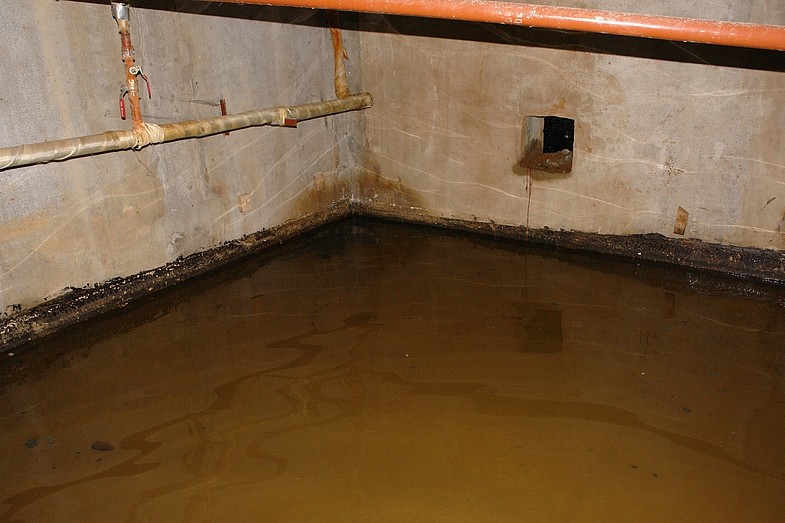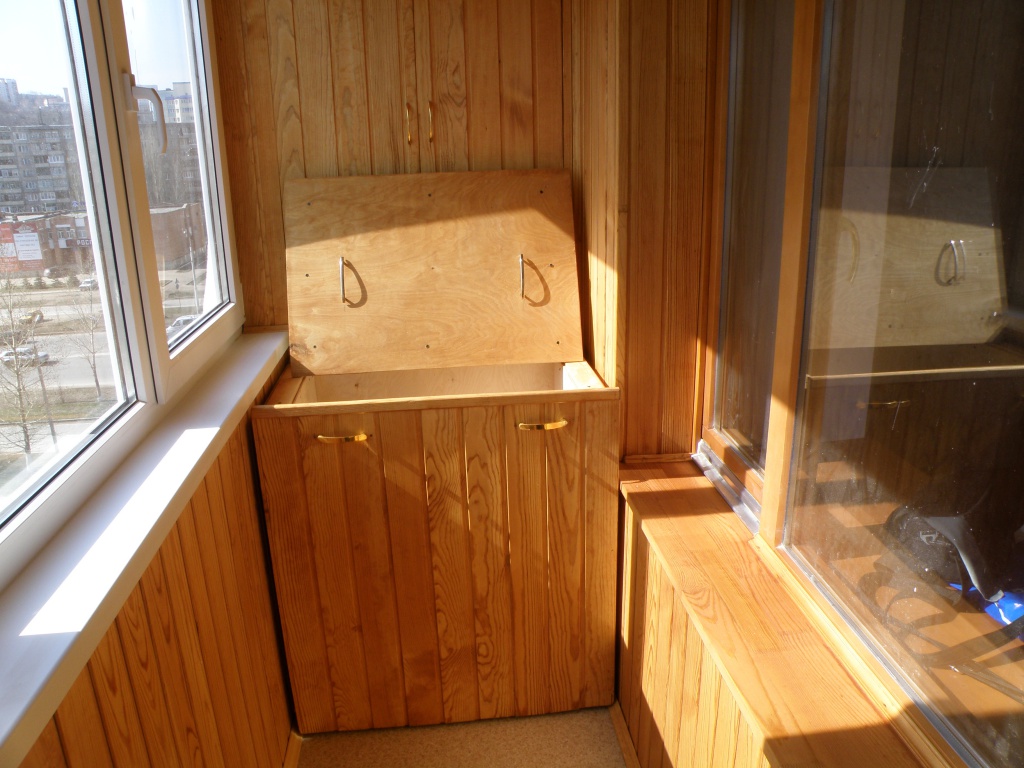Wine is a very capricious drink. So that its taste does not deteriorate, and the noble grape juice does not turn into vinegar, special storage facilities are created. A certain temperature, humidity and light level are strictly observed here. If the owner of a private house seriously decided to collect a collection of drinks, a special wine cellar will come in handy.
How the wine cellar appeared
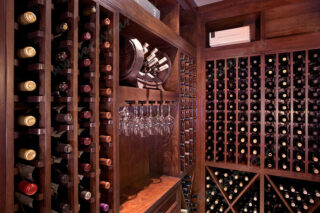
In ancient Greece or Rome, wine was stored very simply: they placed amphorae under a canopy or under a roof, deepening the vessels into the ground. Oddly enough, this simple method provided good storage, since changes in air temperature had little effect on the temperature of the wine. However, it should be noted that the drink, so called in Greece, was very different in its properties and quality. It was much easier to save it.
The technology of making wines improved, it became more and more difficult to store them open or sealed. In addition, the technology began to include not only the process, but also the ripening period of the drink. So there were special rooms where glass and earthenware vessels with wine were left.
The first documented mention of a wine cellar in a private house was found in Riga. It belonged to the Rozengrali restaurant, built in 1293. The store was a cellar with a podium for barrels and wooden shelves for small vessels.
A modern wine cellar in a private house is designed to store bottles. More extensive options are found only in families for whom the storage and collection of wines is a tradition.
Choosing a location for arranging a wine storage
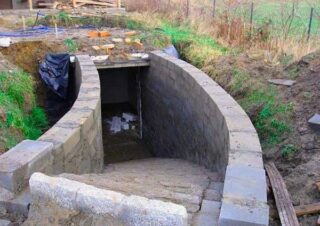
They choose a place in the country, taking into account the storage conditions: the absence of direct sunlight, and preferably darkness, a stable temperature at any time of the year, a constant level of humidity, protection from vibrations - relevant for areas of seismic activity, for example, for the Crimea. It is undesirable to “disturb” the wine even by frequent visits.
The general requirements are as follows.
- The storage must be underground. Only then can real temperature and humidity stability be ensured. In principle, you can insulate a room on the ground floor, but in this case, when you open the doors, too warm or too humid air from the house will get inside, which can affect the wine. In the basement, such a situation is excluded.
- The minimum cellar area is 10 m², the recommended area is 25 m². In a smaller area, it is impossible to achieve a stable microclimate.
- It is better to equip the cellar not under the living rooms, but under the household ones, but not under the bathroom, toilet or boiler room.
- It is forbidden to store any other products in such a cellar: salting, jam, and even more vegetables or fruits.
A wine cellar can be built with your own hands outside the home. In this case, a site is chosen on a hill, since the leakage of ground, rain and melt water must be excluded. Place it away from pools and other bodies of water.
Types of cellars

There are 2 types of cellars: low and high. The difference lies in convenience and cost.
- For a low cellar, a pit is dug up to a depth of no more than 1.5 m. Even a height corresponding to an average human height is considered too large. It is easier to equip a low cellar, since it is usually located above the water table and does not require complex additional waterproofing. However, you can only move in such a basement by leaning strongly.
- The high cellar is so called due to the height of the ceiling - above 2 m. Here they move freely, erect to their full height. However, such a structure is noticeably heavier than a low one, therefore, for example, the foundation is 20 cm deeper here.
Storages are equipped in the same way: racks and sloped shelves for bottles, stands for large vessels are needed here.
Wine cellar in a private house
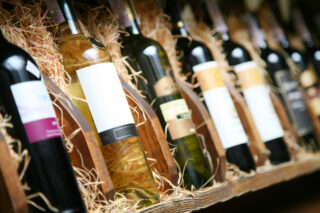
It is quite difficult to equip a wine cellar. Drinks with different sugar content, degrees, ages and even from different regions need to be stored under different conditions. This concerns expensive elite wines, but even more affordable bottles of sherry or nutmeg should not be left anywhere.
Information on the composition of the wine can be found on the etiquette. In accordance with this information, select the correct storage conditions.
Temperature
Wine is an unstable drink. A number of microorganisms continue to exist in it. The taste changes both hypothermia and temperature rise. In the first case, the bacteria "freeze" and may die. In this case, the wine will not only stop maturing, but also change its composition.
When the temperature rises, the microorganisms become too active. In wines with a lot of sugar, fermentation begins. At the same time, the taste changes, and with a constant increase in temperature, the wine can turn into vinegar.
The minimum temperature at which bottles are stored is +15 C. The sweeter the wine, the lower the storage temperature should be. The requirement is not absolute and depends on the variety.
With sudden temperature changes, the cork may dry out. In this case, anaerobic bacteria get inside the closed bottle, which threatens the complete destruction of the drink.
Humidity
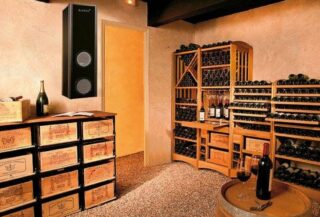
Recommended humidity is 60–70%. It does not affect the wine itself, but changes the storage conditions. So, with excess moisture, mold actively multiplies. Its spores can enter through the cork or seal and ruin the drink.
It is recommended to equip the wine cellar with air conditioning in order to maintain a stable temperature and humidity.
Lighting
The bottles must be protected from ultraviolet radiation. Radiation provokes too active fermentation, which leads to product spoilage. In the basement, the absence of ultraviolet radiation is guaranteed.
Electric lighting does not affect the state of the drink. However, you should not place lamps next to the shelves: heating the bottles will not lead to anything good either.
Foreign odors and vibrations
One of the rules - not to store other products in the wine cellar - is associated with the danger of changing the smell. Wine cork allows carbon dioxide to pass through to some extent to ensure the vital activity of microorganisms. At the same time, a foreign smell can penetrate into the bottle and mix with the true aroma of the drink. For a true connoisseur, this will ruin all the pleasure of tasting.
The quality of the wine is strongly influenced by vibrations. If the cellar is being built outside the home, you need to find a place as far as possible from the road. Inside the building, they do not equip a basement under a boiler room, a bathroom with a washing machine, a car workshop.
Instructions for self-construction
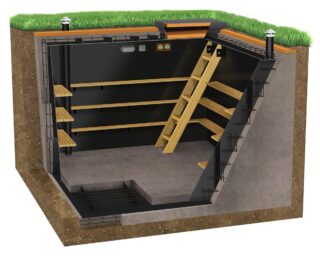
The construction of a high and low wine cellar is carried out according to the same step-by-step scheme.
- Dig a pit of the required depth - from 1.5 to 2.5 m and sufficient width and length.
- Under the foundation for the walls, recesses are dug along the perimeter for another 50 cm. Sand and gravel are poured at the bottom of the pits. Tamped and poured with cement mortar.
- The foundation is waterproofed with roofing material or a polyethylene membrane.
- They are building the walls. Any suitable material is used: cinder block, clay brick.
- It is recommended to fill the floor with concrete. The only exception is the area with hard rocky soils.
- The ceiling can be made using reinforced concrete floor slabs. It is quite expensive. For a small cellar, sometimes a monolithic slab is enough. Powerful logs are placed for it, formwork is erected and poured with concrete.
- Install the door frame and door. The latter must be well insulated.
The cellar is equipped with shelves, wine cabinets, stands. If there is a lot of furniture, it is better to make a drawing.
Styles of design
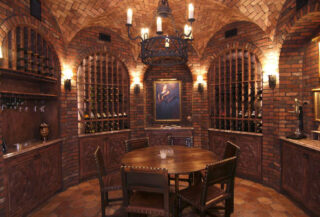
This room is rarely solely a storage room. And to leave expensive and beautiful bottles in an ugly dirty room is bad form. So diligence is taken to decorate the wine cellar, but they also decorate in different styles.
- It is impossible to store bottles on metal shelves, only wood and preferably hardwoods are used. So the most popular style of decorating a wine cellar is a chalet or a hunting one. The floor and walls are laid out with textured stone or its imitation, the ceiling is sheathed with wood, and decorative beams are arranged. The racks are placed so that it is not only practical, but also beautiful.
- The classic design includes wood paneling of the walls and ceiling, preferably imitation bog oak, antique-style lighting fixtures and carved decorations on shelves, tables and chairs. In such a room, wine is not only stored, but also tasted.
- The loft-style project features concrete and brick walls, spotlights, “old” plank racks and authentic bottle openers.
- A good idea for decoration is antique style. Here, the walls and ceiling are plastered, the floor is finished with stone or its imitation, and arched niches are formed between the shelves and shelves, in which “ancient” amphorae are placed.
You shouldn't use styles with rich colors. After all, the most important element of the interior is wine.
Nuances of zoning the burial space
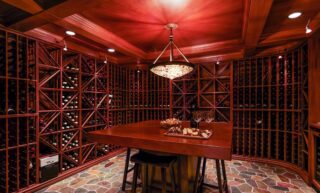
The high cellar can be divided into 2 functional areas. The plan includes the actual storage and tasting sector.
- Storage items are wine cabinets, shelves and racks. Install them along the walls. This takes into account how the temperature changes near the air conditioner or lighting fixtures.
- The tasting zone is formed in the center or closer to the entrance. Depending on the size of the basement, it may include a table and a couple of chairs. It can consist of a pair of sofas, a long table, a serving table, armchairs.
The wine cellar is primarily a functional room. Its arrangement is time consuming and costly. It is more important to ensure the correct storage conditions for wines than to organize a separate room for drinking alcoholic beverages.

